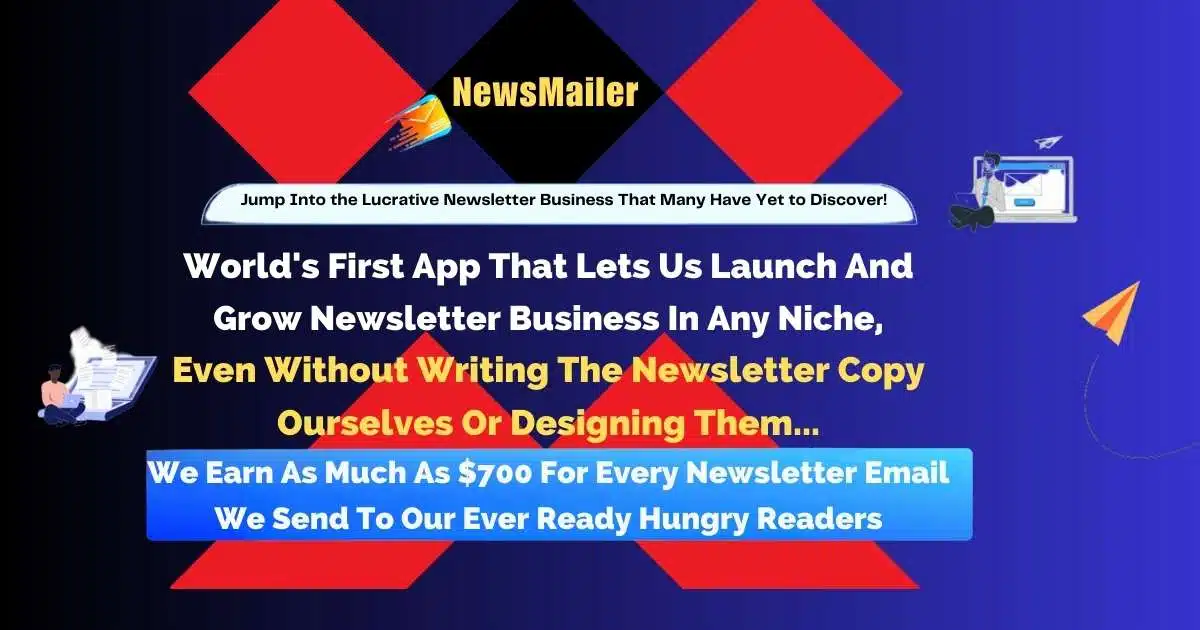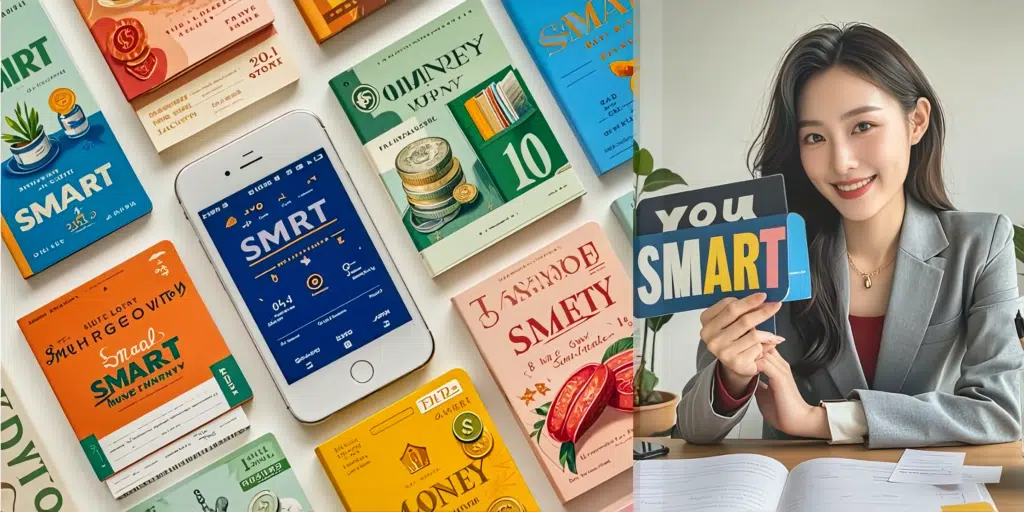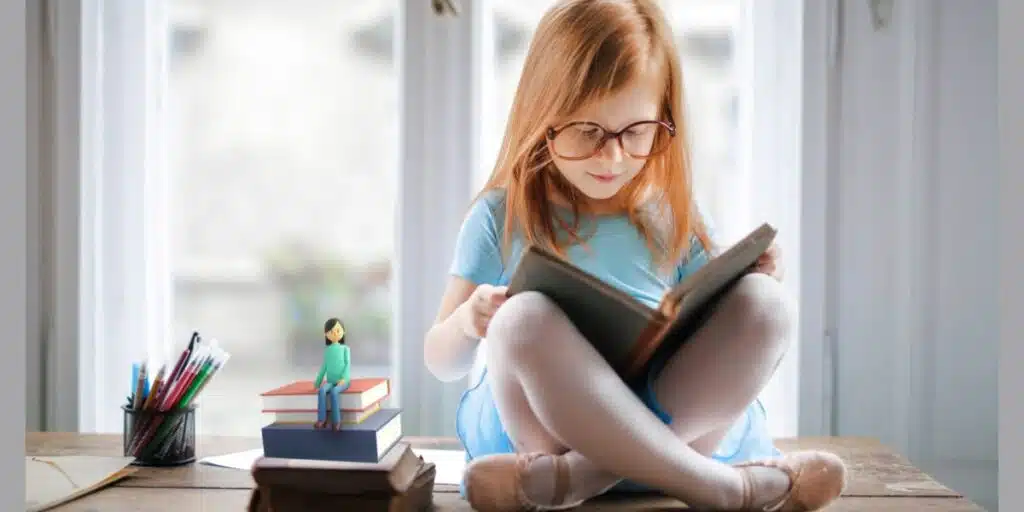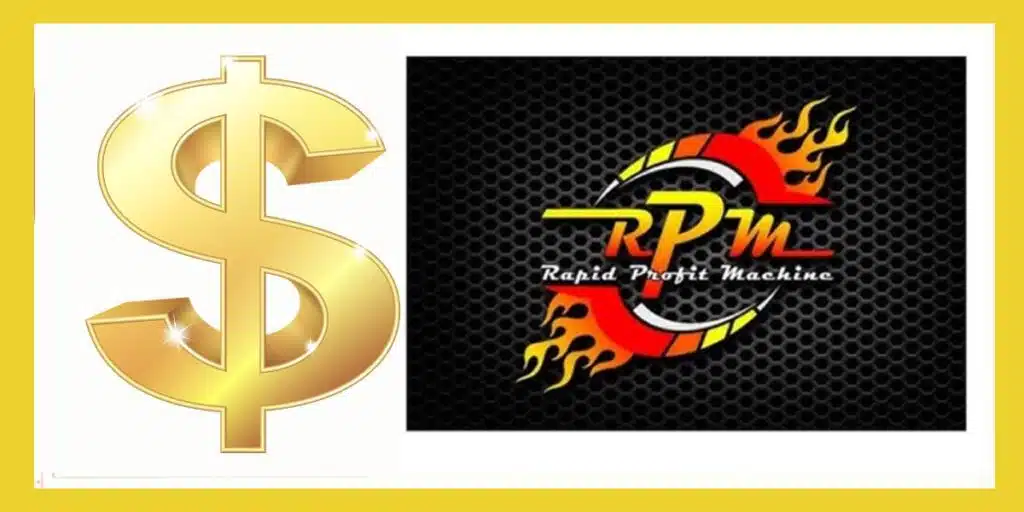Designing eye-catching newsletter templates boosts engagement and retention. A compelling design captures attention and drives reader interest.
Creating an effective Newsletter Success template involves more than just aesthetic appeal. It’s crucial to balance visual elements with readability to ensure your message gets across. Use bold headlines, engaging images, and clear calls to action to draw readers in. Consistency in layout and branding strengthens your identity and builds trust with your audience.
A well-structured template not only looks professional but also makes it easier for readers to navigate. Make sure to test different designs to see what resonates best with your audience. By focusing on these elements, you can create newsletters that are both visually appealing and highly effective.
Importance Of Visual Appeal
Visual appeal plays a crucial role in newsletter success. Readers get attracted first by the look. A well-designed template captures attention quickly. It encourages readers to explore more. Let’s dive into why visual appeal matters.
First Impressions Matter
The first impression sets the tone for your newsletter. An eye-catching design grabs attention instantly. Use vibrant colors and clear fonts. A clean layout makes information easy to find. Readers decide to stay or leave in seconds. Make every second count.
Retaining Reader Interest
Keeping readers engaged is vital for success. Good design maintains interest. Use images and graphics to break up text. Bullet points and lists make content scannable. Engaging visuals encourage readers to scroll further. Retain their interest with a dynamic design.
| Element | Importance |
|---|---|
| Colors | Sets mood and grabs attention |
| Fonts | Ensures readability and adds style |
| Images | Breaks up text and adds interest |
| Layout | Makes information easy to find |
Here are some tips for an engaging design:
- Use contrasting colors.
- Choose readable fonts.
- Incorporate high-quality images.
- Keep the layout simple.
- Use bullet points for key information.
Follow these tips for a visually appealing newsletter. Capture your readers’ interest from the start. Keep them engaged with a clean and attractive design.
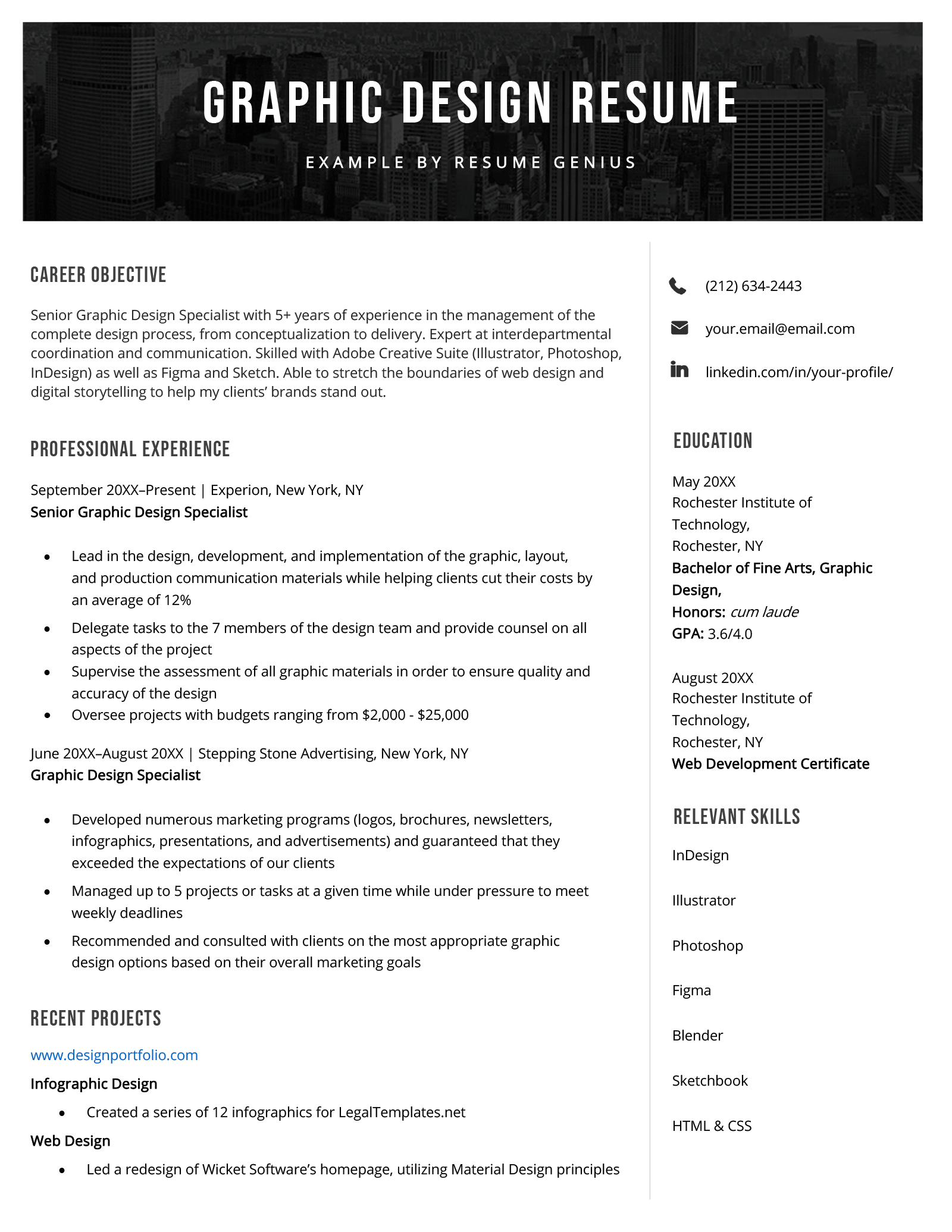
Credit: resumegenius.com
Understanding Your Audience
Creating eye-catching templates for your Newsletter Success starts with knowing your audience. Understanding who they are, their needs, and preferences helps tailor your content to them. This step is crucial for engagement and success.
Identifying Demographics
To identify your audience demographics, gather data on:
- Age: Determine the age range of your readers.
- Gender: Understand the gender distribution.
- Location: Know where your audience lives.
- Occupation: Identify their job roles.
- Interests: Learn about their hobbies and interests.
Collecting this data can be done through:
- Surveys and questionnaires
- Analytics tools
- Social media insights
Use this information to create a profile of your typical reader. This profile helps in designing templates that appeal to them.
Tailoring Content
Once you know your audience, tailor your content to match their preferences:
| Audience Type | Preferred Content |
|---|---|
| Young Adults | Visually appealing, short articles, infographics |
| Professionals | In-depth articles, industry news, case studies |
| Hobbyists | How-to guides, tips, product reviews |
For example, if your audience is young adults, use vibrant colors and images. Keep the text short and engaging. If your readers are professionals, provide detailed articles with valuable insights.
Personalization is key. Address your readers directly and use their names if possible. This makes your newsletter feel more personal and engaging.
By understanding your audience and tailoring your content, you can create templates that not only look good but also drive engagement and success.
Choosing The Right Color Scheme
Choosing the right color scheme can make or break your newsletter. Colors grab attention and evoke emotions. They help convey your brand message effectively. Let’s explore how to pick the perfect colors for your Newsletter Success templates.
Color Psychology
Colors have a powerful impact on human emotions and behavior. Understanding color psychology can help you choose the right colors for your newsletter.
| Color | Emotion |
|---|---|
| Red | Excitement, Passion |
| Blue | Trust, Calm |
| Green | Growth, Harmony |
| Yellow | Happiness, Energy |
Red can make your call-to-action buttons pop. Blue can instill a sense of trust. Green is great for eco-friendly themes. Yellow can add a touch of joy.
Brand Consistency
Maintaining brand consistency is crucial for recognition. Your Newsletter Success should reflect your brand’s colors.
- Use your primary brand colors for headers and footers.
- Incorporate secondary colors for accents and highlights.
- Ensure the text color contrasts well with the background for readability.
Consistency helps build trust and makes your brand memorable. Use colors that align with your website and other marketing materials.

Credit: blush.design
Effective Use Of Typography
Typography plays a crucial role in designing eye-catching newsletter templates. Effective typography ensures your message is clear and engaging. The right font and text structure can significantly impact readability and user engagement. Than Newsletter Success
Font Selection
Choosing the right font is essential for your newsletter’s success. Here are some tips to help you select the perfect font:
- Consistency: Use the same font throughout your newsletter.
- Compatibility: Ensure the font is web-safe and works on all devices.
- Brand Alignment: Choose a font that matches your brand’s identity.
- Readability: Select fonts that are easy to read.
Consider using serif fonts for a classic look and sans-serif fonts for a modern touch. Some popular web-safe fonts include Arial, Times New Roman, and Verdana.
Readability Tips
Good readability keeps your readers engaged. Here are some tips to improve the readability of your Newsletter Success:
- Font Size: Use a font size of at least 14px for body text.
- Line Spacing: Set line spacing to 1.5 for better readability.
- Contrast: Ensure high contrast between text and background.
- Text Alignment: Left-align text for easier reading.
Use bold and italics sparingly to highlight important information. Avoid using all caps as it can be hard to read. Break up text with bullet points or numbered lists for better structure.
Incorporating Images And Graphics
Incorporating images and graphics into your Newsletter Success can boost engagement. Visual elements make your content more appealing and easier to digest. They also help convey your message faster. Let’s explore how to use high-quality photos, infographics, and icons effectively.
High-quality Photos
Using high-quality photos can make your Newsletter Success stand out. Photos should be clear and relevant to your content. Blurry or pixelated images can turn readers away.
- Choose photos that match your brand style.
- Use images that are high-resolution.
- Ensure the photos are properly licensed.
High-quality photos can evoke emotions and connect with your audience. They can also help break up text and make your newsletter more readable.
Infographics And Icons
Infographics and icons can simplify complex information. They provide visual summaries and make data more accessible.
| Benefits | Examples |
|---|---|
| Clarifies complex data | Charts, graphs |
| Engages readers | Visual stories |
| Improves retention | Memory aids |
Icons can also guide readers through your Newsletter Success. Use them to highlight important points or to create a visual hierarchy.
- Pick icons that fit your theme.
- Ensure they are easy to understand.
- Use them sparingly to avoid clutter.
Infographics and icons can make your newsletter more interactive. They can also help in explaining your content in a fun way.
Layout And Structure
Designing eye-catching templates is key to newsletter success. The layout and structure of your newsletter can make a big difference. A well-structured design keeps your readers engaged and makes information easy to digest.
Grid Systems
Using a grid system is essential for organizing your Newsletter Success. A grid system helps you create a balanced layout. It divides the space into columns and rows, providing a structure for your content.
- Choose a grid with 2-4 columns.
- Ensure consistent spacing between elements.
- Align text and images within the grid.
Whitespace Utilization
Whitespace is the empty space around your content. It helps to create a clean and organized look. Whitespace makes your newsletter easy to read and visually appealing.
Here are some tips for utilizing whitespace effectively:
- Leave space between paragraphs and images.
- Use margins and padding to separate sections.
- Don’t overcrowd your layout with too much text.
Remember, a clear layout with good use of whitespace enhances readability. This keeps your readers engaged and interested in your content.
Call To Action Elements
Call to Action Elements are crucial in Newsletter Success. They drive user engagement and actions. A well-designed call to action (CTA) can boost click-through rates. The right placement and design are key to success.
Placement Strategies
Placement is vital for CTA effectiveness. Consider these strategies:
- Above the Fold: Place CTAs where readers see them first.
- End of Content: Use CTAs after valuable content.
- Middle of Content: Place CTAs within the content flow.
Design Best Practices
Design impacts CTA effectiveness. Follow these best practices:
- Contrasting Colors: Use colors that stand out.
- Clear Text: Make CTA text easy to read.
- Button Size: Ensure buttons are big enough to click.
- White Space: Use space to make CTAs noticeable.
| Best Practice | Reason |
|---|---|
| Contrasting Colors | Grabs attention |
| Clear Text | Easy to read |
| Button Size | Easy to click |
| White Space | Makes CTAs noticeable |
Applying these strategies and practices can enhance your Newsletter Success. Effective CTAs lead to higher engagement and conversions.
Testing And Optimization Newsletter Success
Testing and optimization are crucial for newsletter success. These processes ensure your templates engage readers effectively. By testing and optimizing, you can refine elements for maximum impact.
A/b Testing
A/B testing helps you find the best template designs. Create two versions of your newsletter template. Send each version to a different segment of your audience. Measure which version performs better based on key metrics.
Use A/B testing to test different elements:
- Subject lines
- Call-to-action buttons
- Images
- Layout and design
Track the results and choose the winning version. This helps you understand what your audience prefers.
Analyzing Performance Metrics
Analyzing performance metrics is vital for optimizing your Newsletter Success. Key metrics to consider include:
| Metric | Importance |
|---|---|
| Open Rate | Shows interest in your subject line. |
| Click-Through Rate (CTR) | Indicates engagement with your content. |
| Conversion Rate | Measures the effectiveness of your call to action. |
| Unsubscribe Rate | Helps identify disinterest in your content. |
Regularly review these metrics to adjust your strategies. This ensures continuous improvement in your newsletter performance.

Credit: venngage.com
Frequently Asked Questions
How To Make An Eye-catching Newsletter?
Create an eye-catching newsletter by using engaging headlines, concise content, appealing visuals, and clear calls-to-action. Personalize for your audience, in Newsletter Success
How To Create A Good Newsletter Template?
Create a good Newsletter Success template by using a clean design, clear headings, engaging visuals, concise content, and strong call-to-actions. Ensure mobile compatibility and personalize the content for your audience.
How Do You Plan An Effective Newsletter Strategy?
Define your target audience. Set clear goals. Create engaging content. Schedule regular send times. Analyze performance for improvements.
How Do You Make A Newsletter Visually Appealing?
Use eye-catching images and clear fonts. Keep a clean layout with ample white space. Use consistent colors and branding. Include engaging headlines and concise content. Add interactive elements like links or buttons.
Conclusion
Creating eye-catching newsletter templates boosts engagement. Focus on design, readability, and personalization. Keep your audience in mind. Test different elements to find what works best. Regular updates keep your newsletters fresh and exciting. Start designing today for newsletter success.

